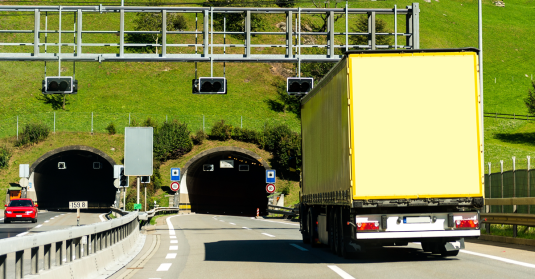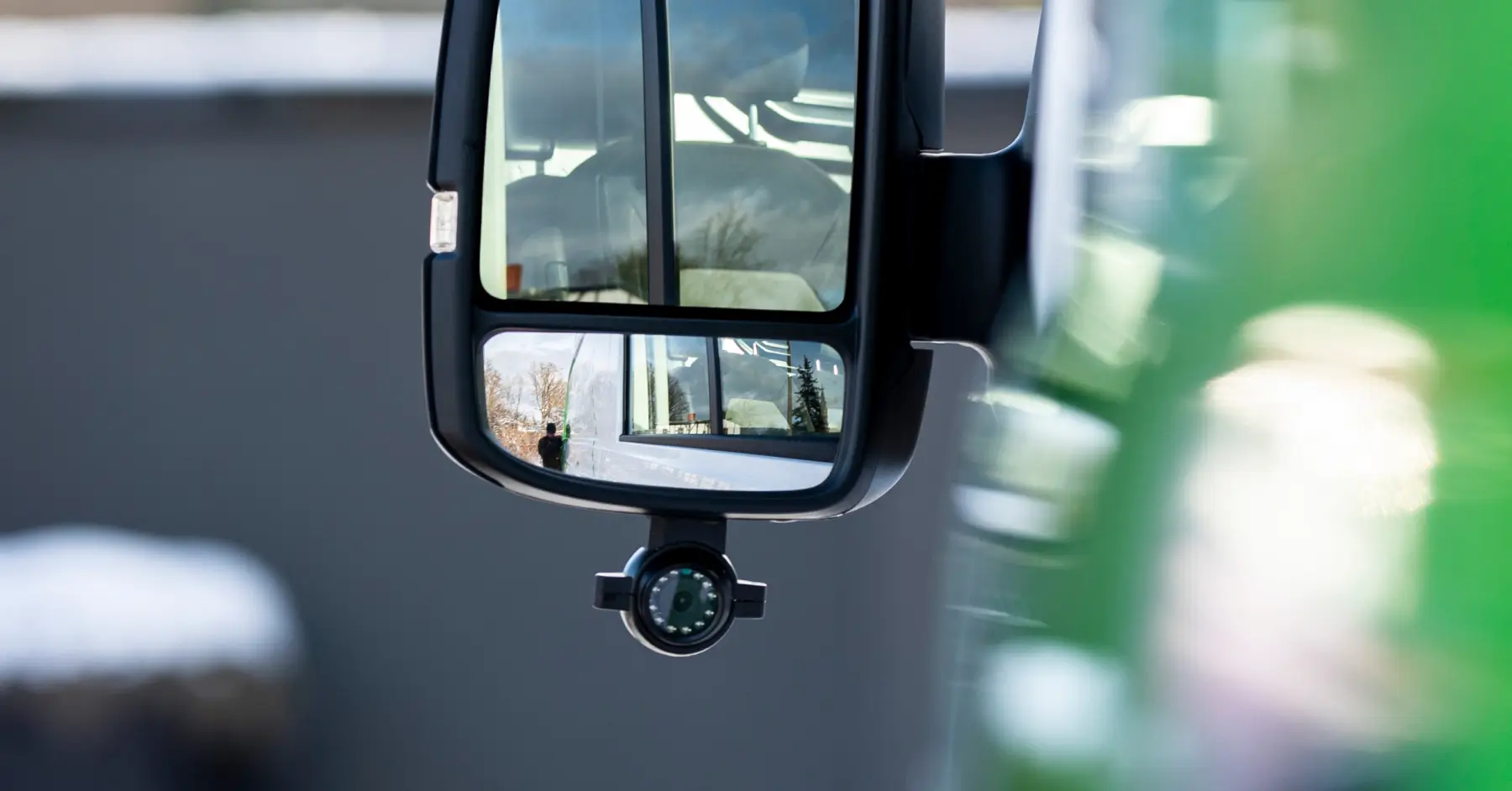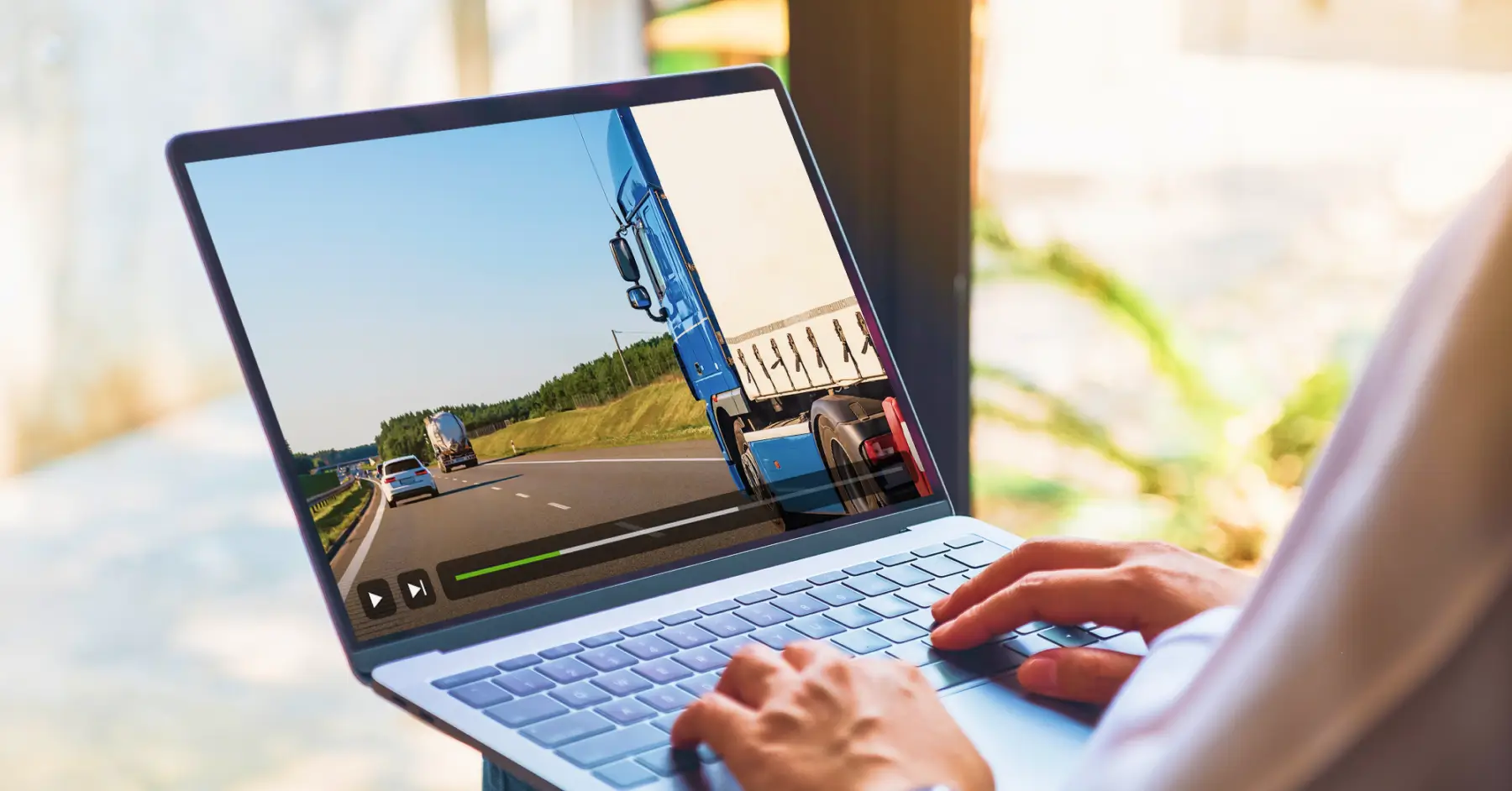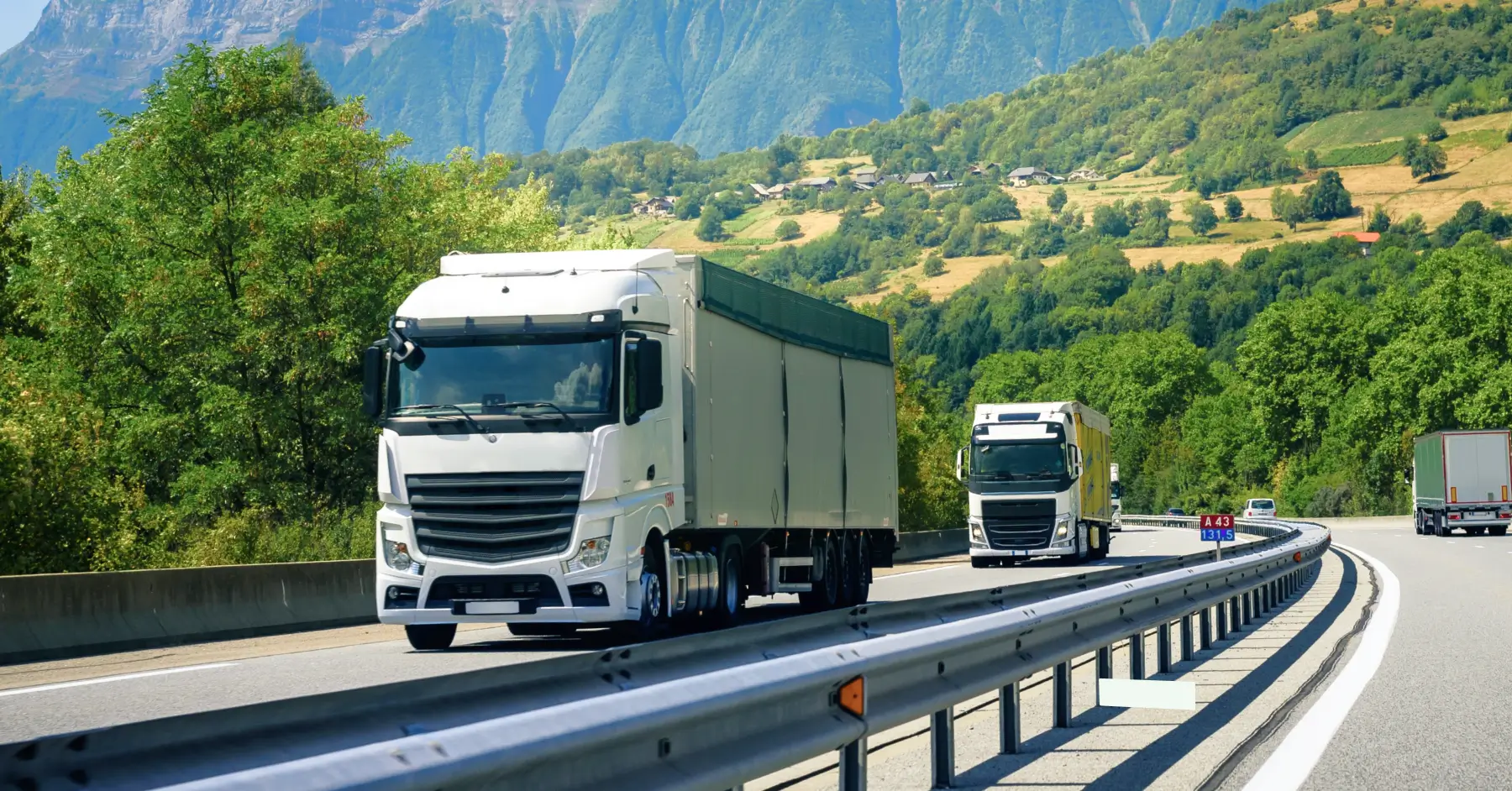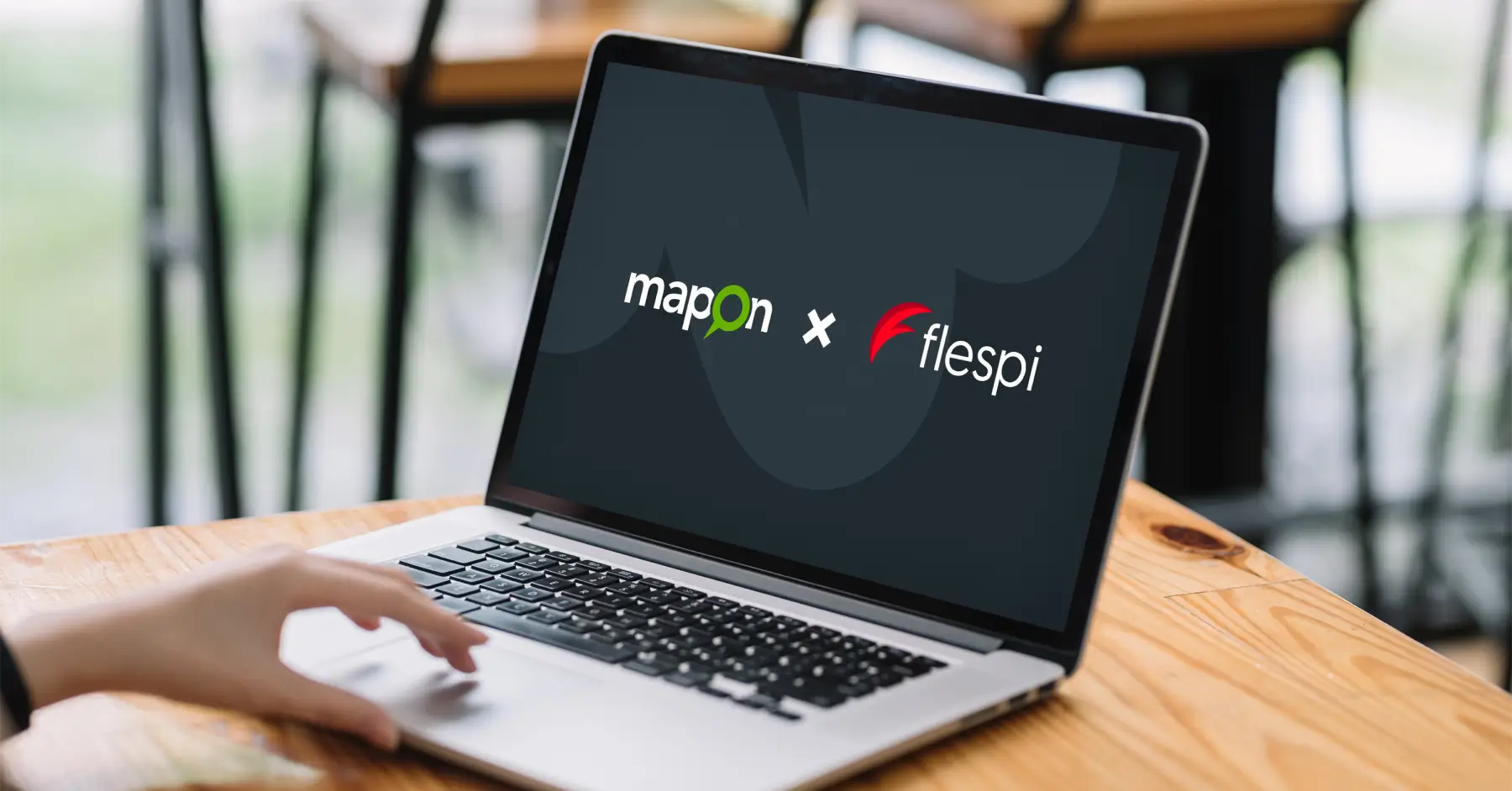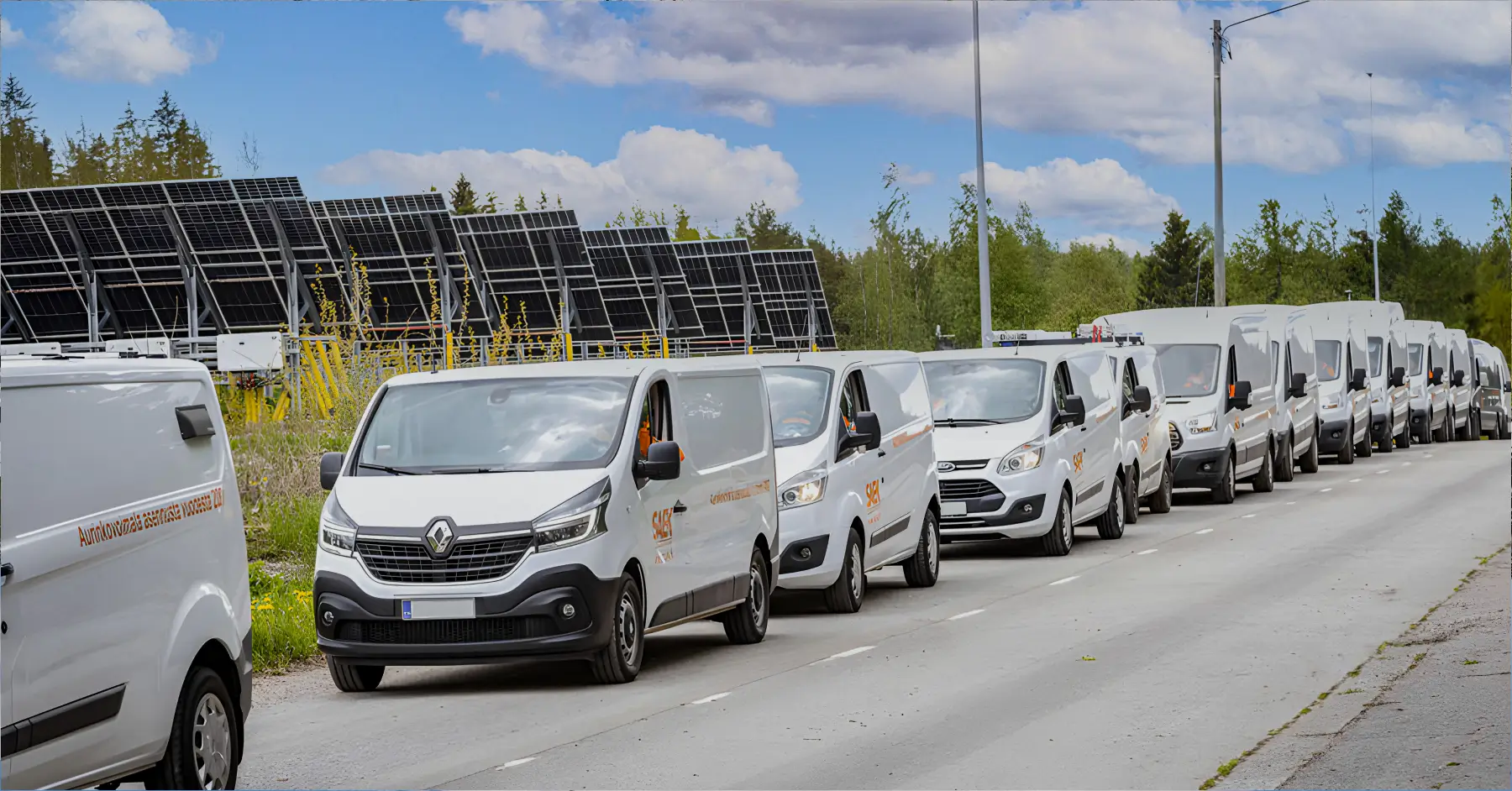Driving across Europe means dealing with a patchwork of toll systems, rules, and payment methods. From the congested streets of major cities to transnational motorways, road tolls are unavoidable, especially for fleet operators. Moreover, France road tolls differ considerably from toll charges in Switzerland, making the situation even more complicated.
This guide covers how toll charges work in key European countries and how Mapon can help you manage payments more efficiently.
What are toll roads, and how do they work?
Toll systems in Europe fall into three main categories:
1. Toll Roads and Toll Lanes
These are typically highways, bridges, or tunnels. You pay to use a specific road or lane, often via toll booths or electronic gantries. Classic examples include the Tunnel du Fréjus (connecting France and Italy) and Germany’s Herrentunnel.
2. Urban Road Pricing
This is common in major cities like London, Stockholm, or Oslo. Vehicles are charged for entering or driving within specific zones, mainly to reduce traffic and pollution.
3. Network-Based Road Pricing
This model charges vehicles across national motorway networks. Such pricing may only be heavy vehicles (e.g. Switzerland LSVA, German LKW-Maut), or all vehicles (e.g. electronic vignettes in Hungary). It may be only on motorways (e.g. Austrian ASFINAG tolls) or on all roads (e.g. New Zealand Road User Charges).
Systems vary widely: some target only heavy goods vehicles, others apply to all. Austria road tolls, for instance, are enforced through electronic vignettes for all vehicles, while Germany road tolls apply to lorries via GPS tracking.
Comparing Toll Charges in Europe
If you’re planning multi-country routes, here’s what you should expect in terms of European toll roads.

Source: https://ec.europa.eu/transport/modes/road/road_charging/charging_hgv_en
Why do European countries charge road tolls?
Toll roads in Europe serve more than just revenue collection. They exist to address key infrastructure and environmental concerns that affect national and cross-border transportation networks.
The main reasons for implementing toll charges in Europe are:
- To fund road construction and maintenance: Many European toll roads operate on a user-pays principle, where drivers help cover the cost of building and maintaining highways, bridges, and tunnels.
- To reduce traffic congestion: In busy urban zones or cross-border routes, toll pricing is used to manage vehicle flow and limit congestion, especially during peak hours.
- To lower pollution levels: Some toll systems, particularly urban toll zones in Europe, aim to decrease emissions by discouraging unnecessary trips through cities or by charging more for older, high-emission vehicles.
How does Europe collect toll charges?
When it comes to paying toll charges in France, Germany, Italy, or anywhere else in Europe, the collection methods vary by country but typically fall into three models:
- Open system: Charges are applied at fixed points such as mainline barrier toll plazas, commonly seen on French road tolls and in Spain.
- Closed system: Drivers take a ticket upon entry and pay upon exit based on the distance traveled. This is typical on many Italian toll roads.
- Open road tolling: No toll booths. Instead, electronic toll gantries record vehicles as they pass. This method is growing across toll roads in Europe, especially in Portugal, Austria, and Hungary, where systems like HU-GO are fully digital.
France Road Tolls: What You Need to Know
France has one of the most extensive and well-maintained toll networks in Europe. French road tolls are charged primarily on motorways operated by private concessionaires. Charges vary depending on the route, vehicle type, and even time of day.
- A one-way trip through the Tunnel du Fréjus costs around €300-400 for a truck in 2025
- The most expensive pass through Pont de Tancarville bridge is only €14.80 in 2025
How to Pay French Road Tolls
There are several methods to handle French road toll payment:
- At toll booths (cash or card)
- Electronic badges (Télépéage)
- Prepaid cards
- Mobile apps
If you’re planning ahead, use a France road toll calculator to estimate costs for different routes.
Popular tools include:
- Autoroutes.fr
- ViaMichelin
- Mappy
Searches like “France road tolls calculator” or “France road tolls pay online” bring up several tools you can use to forecast costs.
HU-GO: A Closer Look at Hungary’s Toll System
Hungary operates a distance-based electronic toll system called HU-GO, applicable to vehicles over 3.5 tonnes. It’s one of the more advanced systems in Central Europe, using GPS data to track vehicle movements and calculate charges.

Source: https://www.hu-go.hu/articles/category/news
Automated Toll Payments with Mapon
Mapon offers full integration with the HU-GO toll system, streamlining toll management for both drivers and fleet operators. Instead of buying route tickets manually or worrying about inaccurate declarations, your vehicles automatically send location data to the HU-GO platform.
Benefits for Fleet Operators
- Save time on administration: No need for drivers to stop at fuel stations or manually enter trip details.
- Avoid penalties: Automated toll payment helps prevent fines from missed or incorrect declarations.
- Ensure regulatory compliance: The system meets Hungarian toll regulations, simplifying operations and reducing oversight.
How It Works
- Setup requirements: You’ll need a Mapon account with GPS tracking enabled and an active HU-GO account.
- Select vehicles: Choose which vehicles should transmit real-time location data from the Mapon platform to HU-GO.
- Automatic toll calculation: HU-GO uses the geolocation data from Mapon to calculate toll charges in Hungary and process payments accordingly.
This setup is particularly useful for fleets operating across multiple European toll roads, where manual processes can become error-prone and time-consuming. As digital tolling expands across Europe, having systems like Mapon in place helps future-proof your operations.
Poland e-TOLL System Integration
Mapon’s integration with Poland’s e-TOLL system enables automatic toll payments by sending real-time vehicle location data directly from your GPS devices.

Source: https://etoll.gov.pl/en/e-toll-system/toll-road-network/
Once connected, toll fees are deducted from your e-TOLL wallet based on actual road usage. You can manage which vehicles are active, enable or disable data forwarding, and receive alerts if anything goes wrong, helping you stay compliant and avoid penalties on Polish toll roads without manual effort.
***
Toll roads in Europe aren’t going away. If anything, more countries are digitising and expanding toll networks.
With Mapon’s toll system integrations and GPS tracking, you can reduce costs, avoid fines, and keep your fleet moving smoothly across borders.
Looking to simplify toll payments and avoid errors? Contact our team, and we will get back to you in 24 hours!
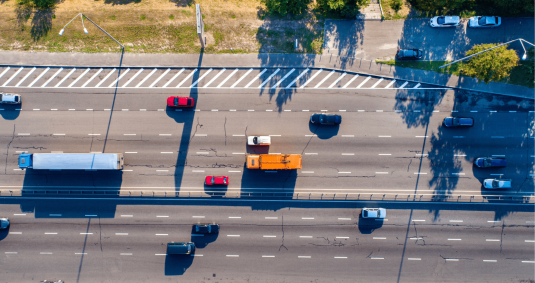

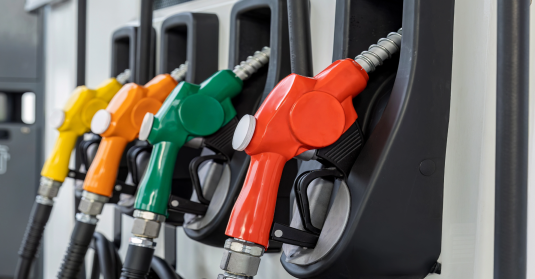

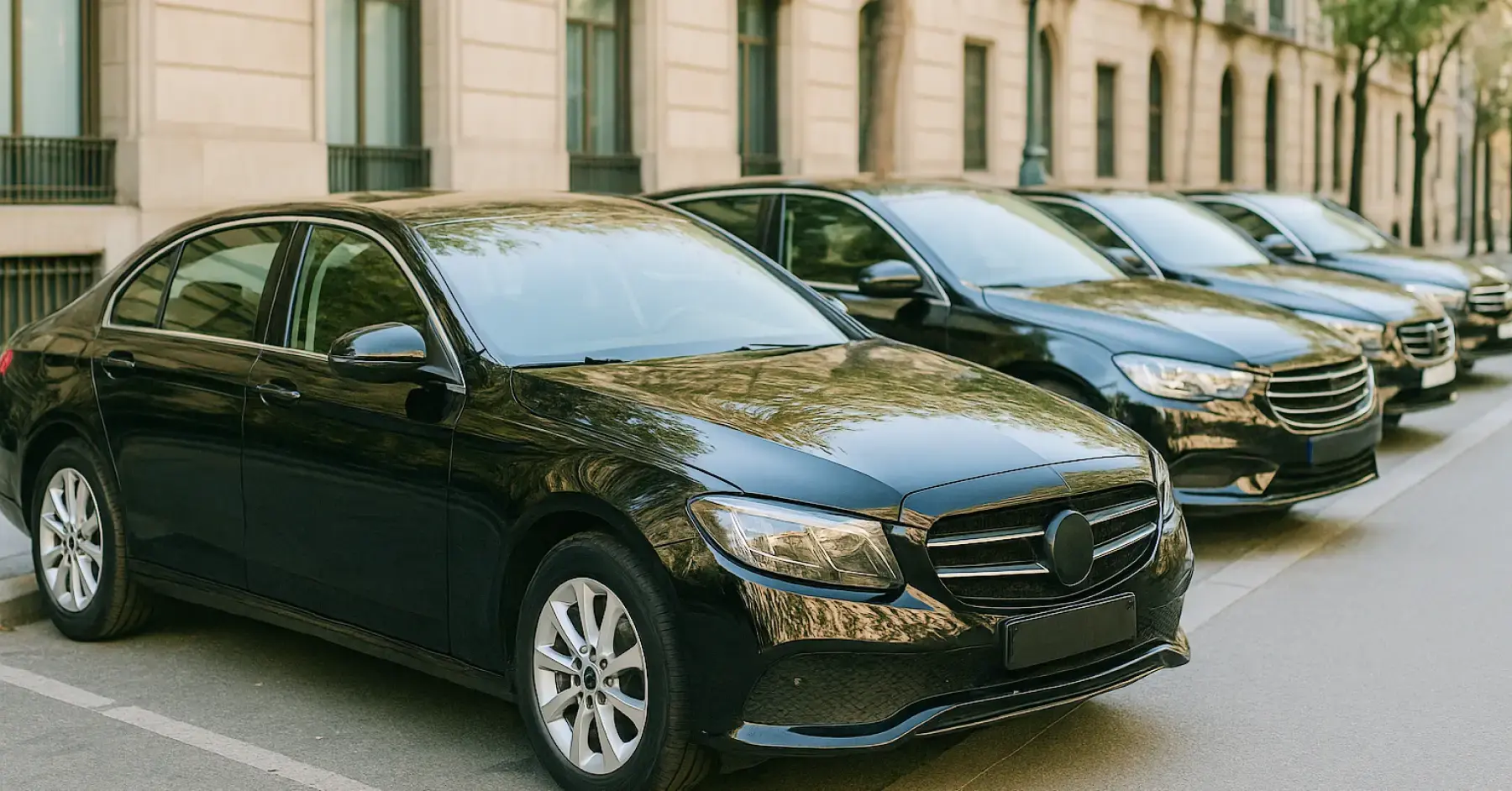
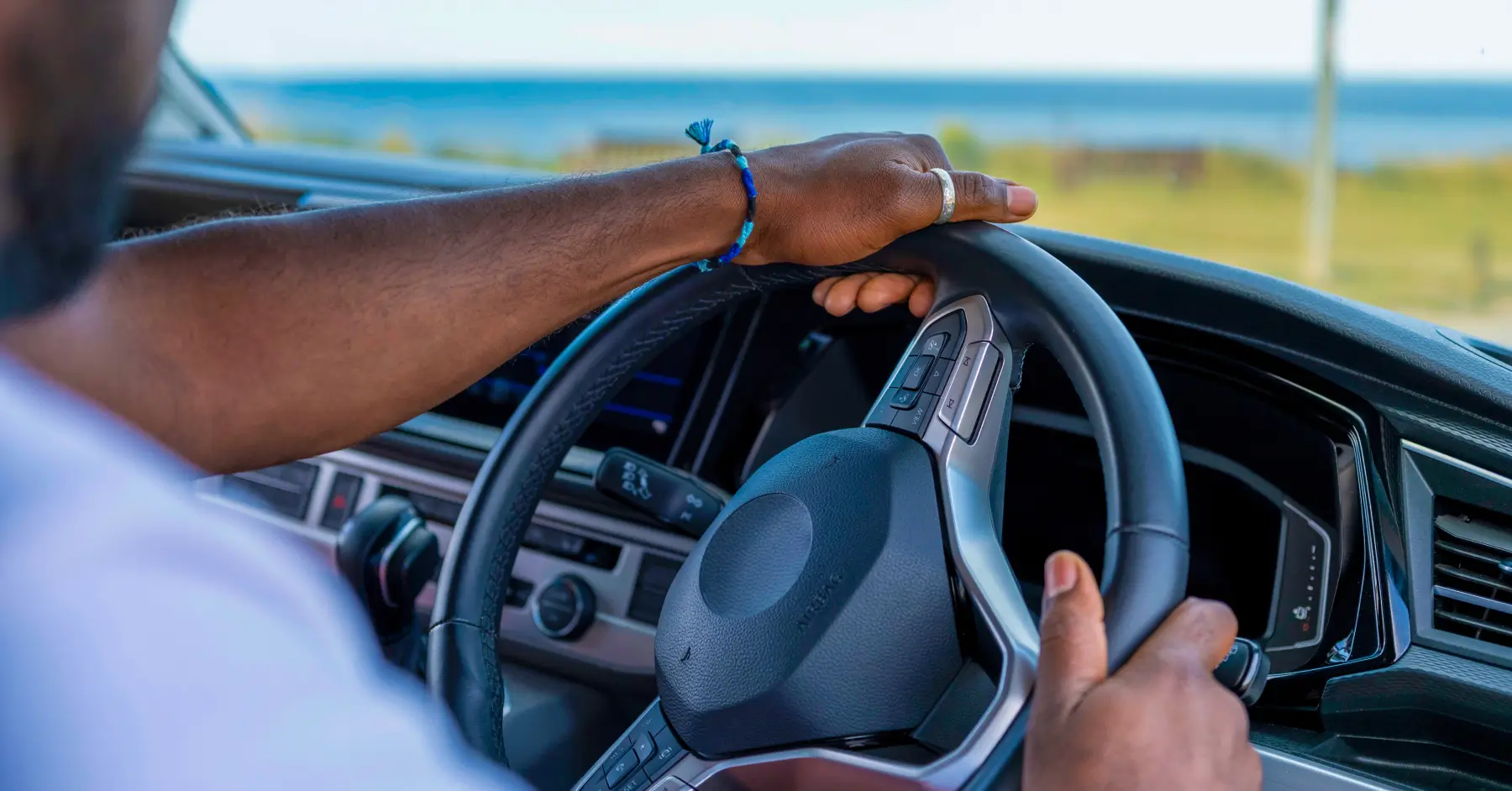



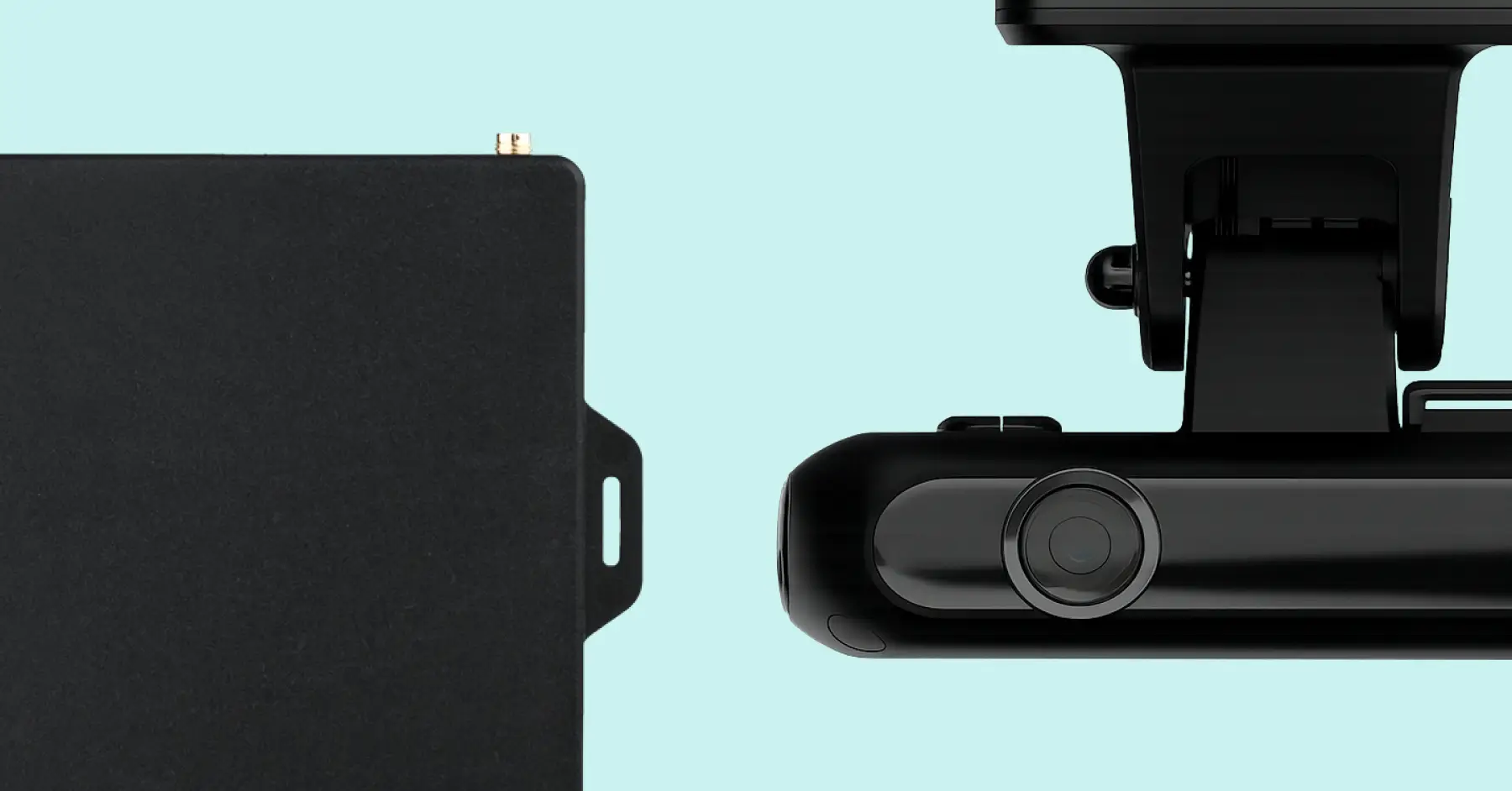
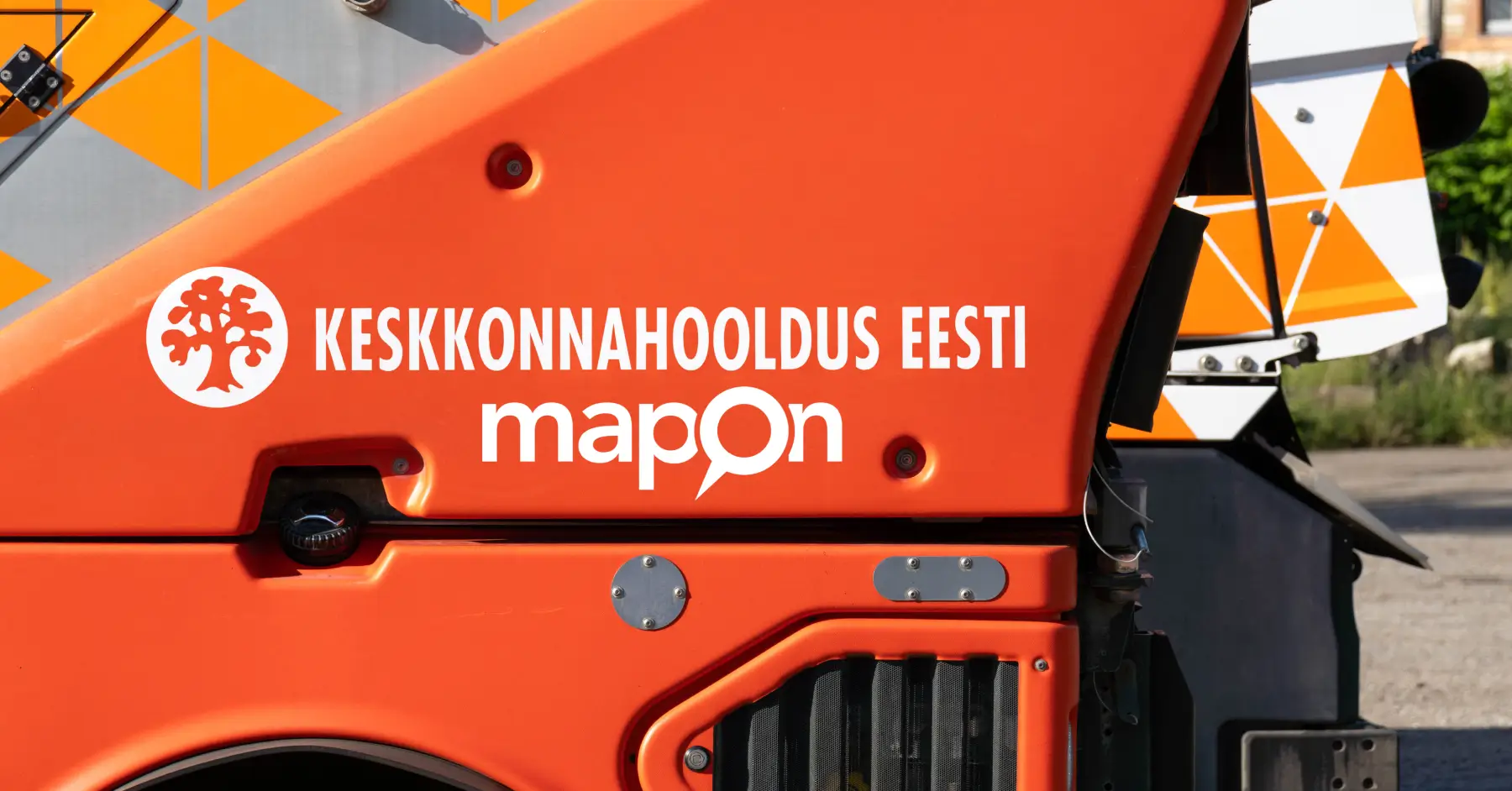
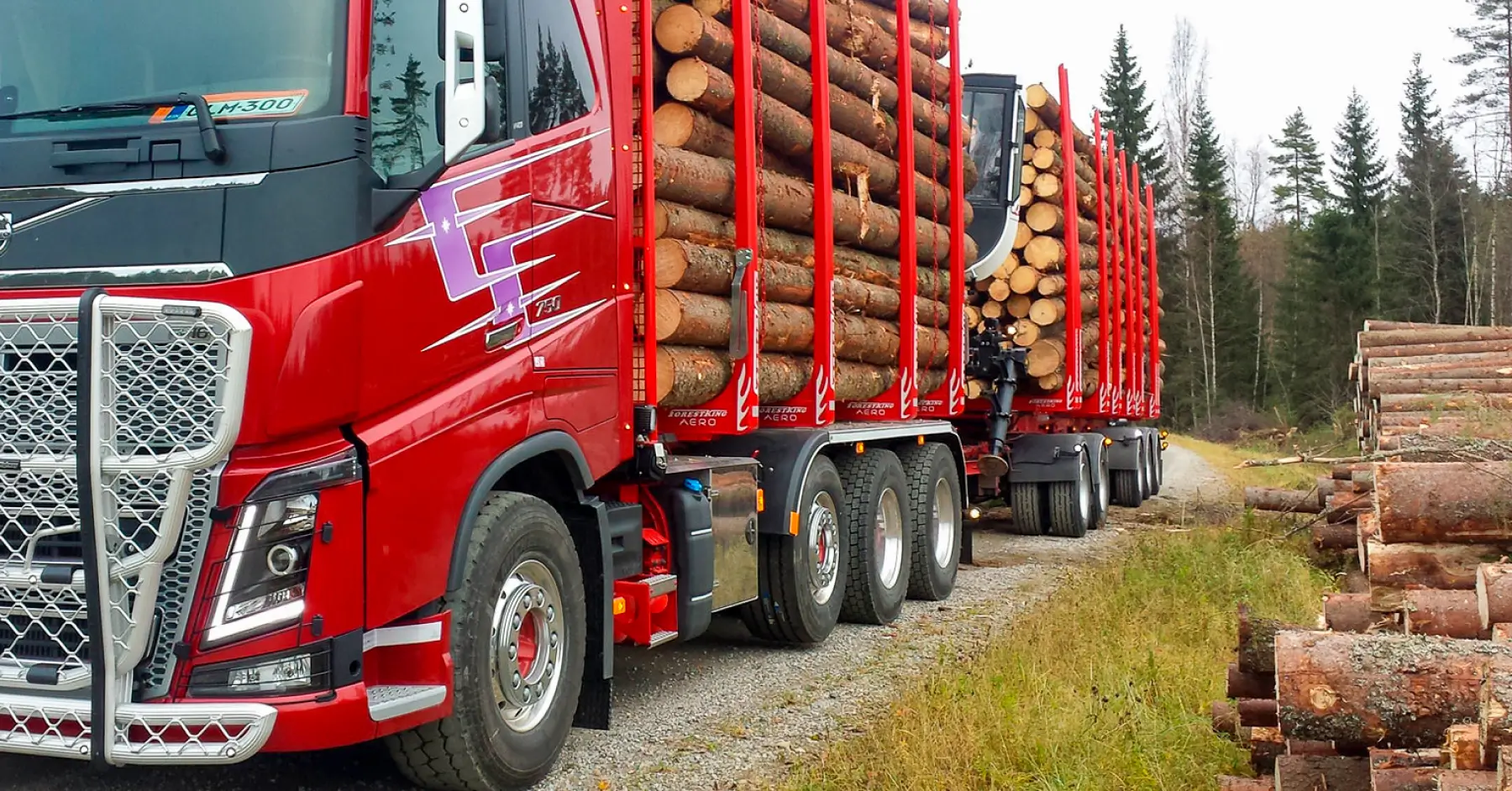
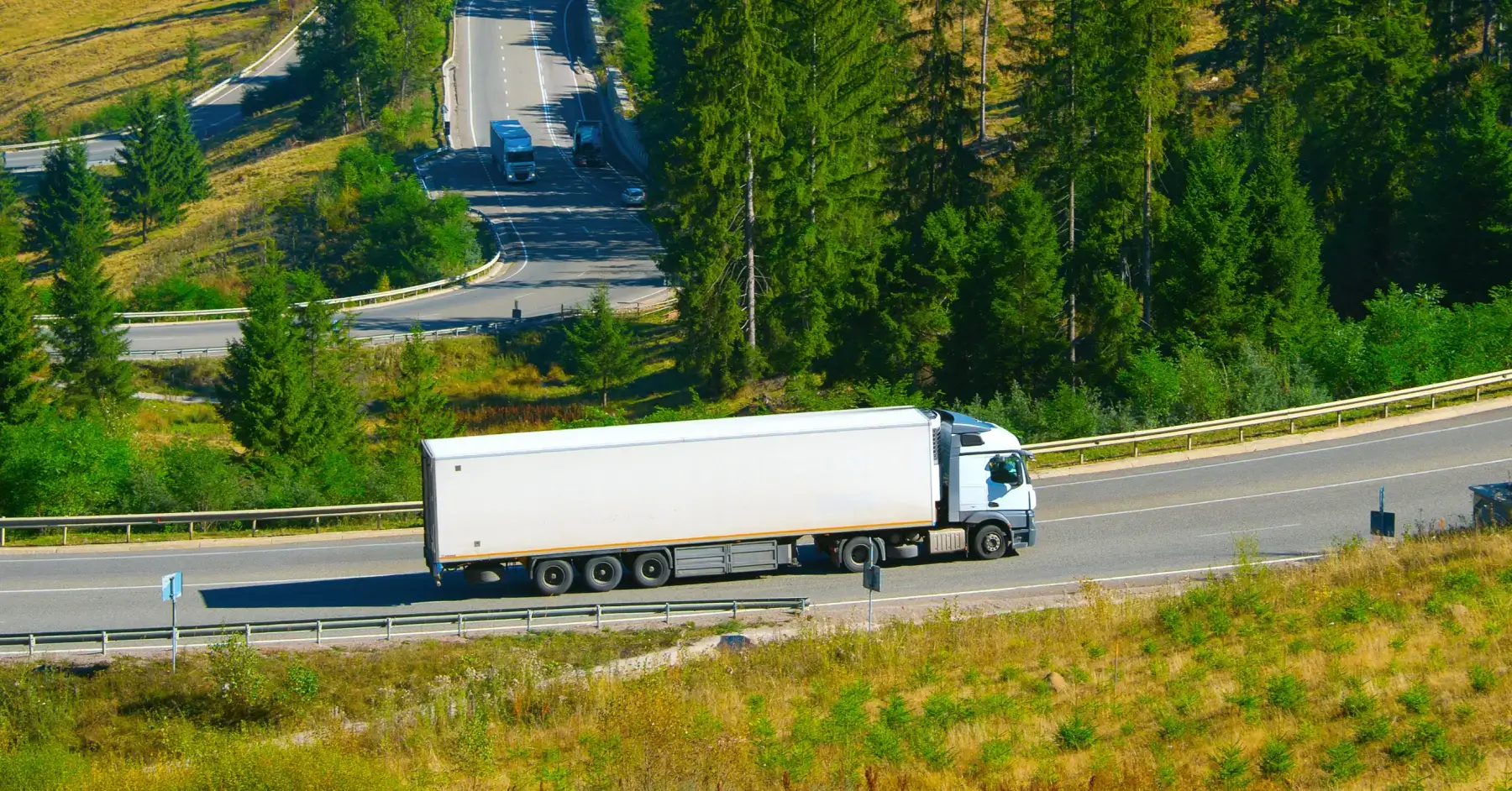




 Back to all posts
Back to all posts
